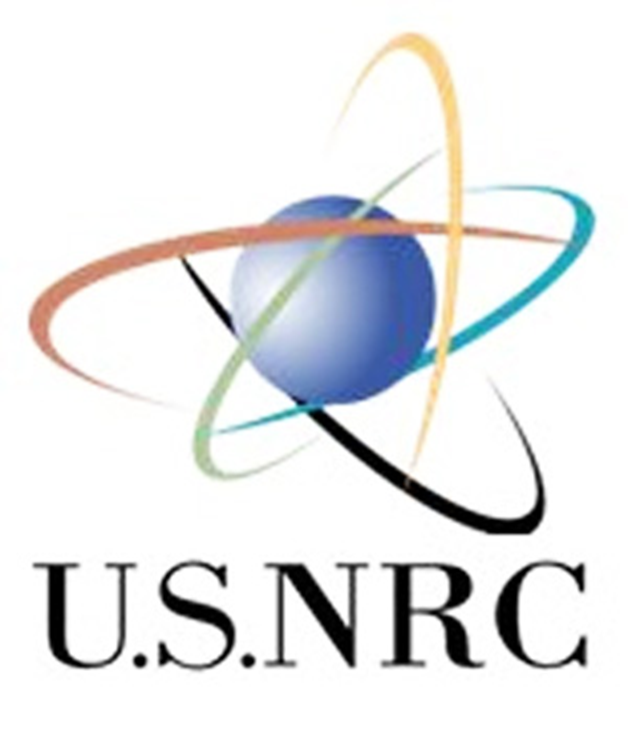Taiwan currently has one nuclear power plant with two nuclear power reactors in operation. In 2015, they closed three reactors. Work had begun on a new nuclear plant called the Fourth National Nuclear Plant in 1999 but a series of construction problems and political opposition halted construction several times. One reactor was finished but sealed after safety inspections. The construction of a second reactor was stopped.
Hou You-yi is the mayor of New Taipei City. He is currently running as the Chinese Nationalist Party (KMT) candidate to be the president of Taiwan. Environmental groups challenged the candidacy of Hou yesterday because they said that the energy platform of his party contains no feasible plan to deal with spent nuclear fuel rods.
Former vice premier Woody Duh accompanied Hou as he presented the national energy platform for the party which is running him for president. Hou said that Taiwan’s transition to renewable energy would necessitate reactivating two decommissioned nuclear power plants. He also said that the decision to halt construction of the Fourth Nuclear Power Plant in New Taipei City’s Gongliao District would need to be reviewed. The key to reducing carbon emissions by Taiwan is to cut down on burning fossil fuels according to Hou.
Hou said that if he were elected president, he would conduct maintenance and safety inspection of the two decommissioned nuclear power plants to see if it would be practical to extend their lifespan. He also said that he would get experts to assess the possibility of restarting work on the Gongliao plant. The two major goals of Hou’s green energy platform are a “low-carbon Taiwan” by 2035, a “zero-coal Taiwan” by 2040 and a “net zero Taiwan” by 2050.
However, the Green Citizens’ Action Alliance and other environmental activist groups said that Hou and the KMT have never offered a solution for handling and disposing of spent nuclear fuel rods. It was claimed that Hou and the KMT are trying to deceive the public into believing that nuclear energy is a “miracle cure” that can solve the nation’s energy problems.
Tsui Shu-hsin is the alliance secretary-general. She said, “As the KMT’s presidential candidate, Hou cannot evade these critical questions, including how to ensure nuclear plants operate safely, how to treat the spent fuel rods, where to store the nuclear waste and other pivotal issues. Their thinking is to reduce natural gas, replacing it with nuclear power to achieve green energy goals. In doing so, they are ignoring the long-standing problems, including Taiwan’s frequent earthquakes and operational safety issues, and there is no space for nuclear waste storage.”
Tsui went on to say that if Taiwan’s decommissioned nuclear power plants were restarted, the rate of mechanical failures and breakdowns would be much higher than in the past. She added that it was possible that the old plants could not pass safety inspections.
Hou also wants to review and restart the Fourth Nuclear Power Plant, which would be a step backward. Tsui asked if “we are going to waste another 10 years on its construction, and throw another NT$50 billion [US$1.57 billion] down this bottom-less pit?”




